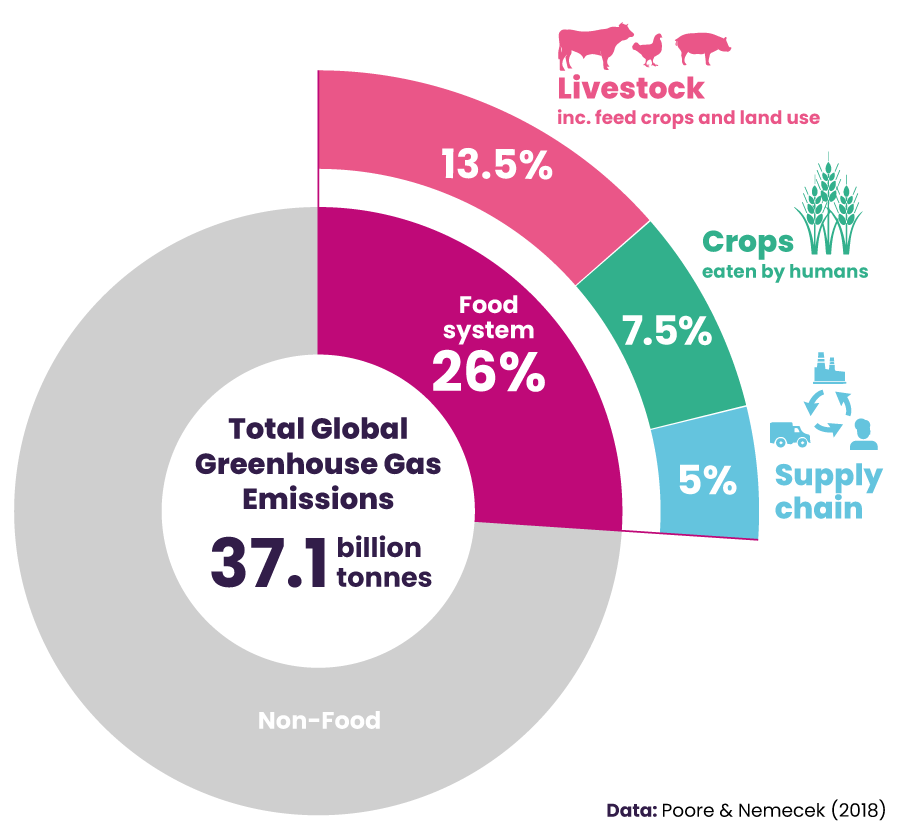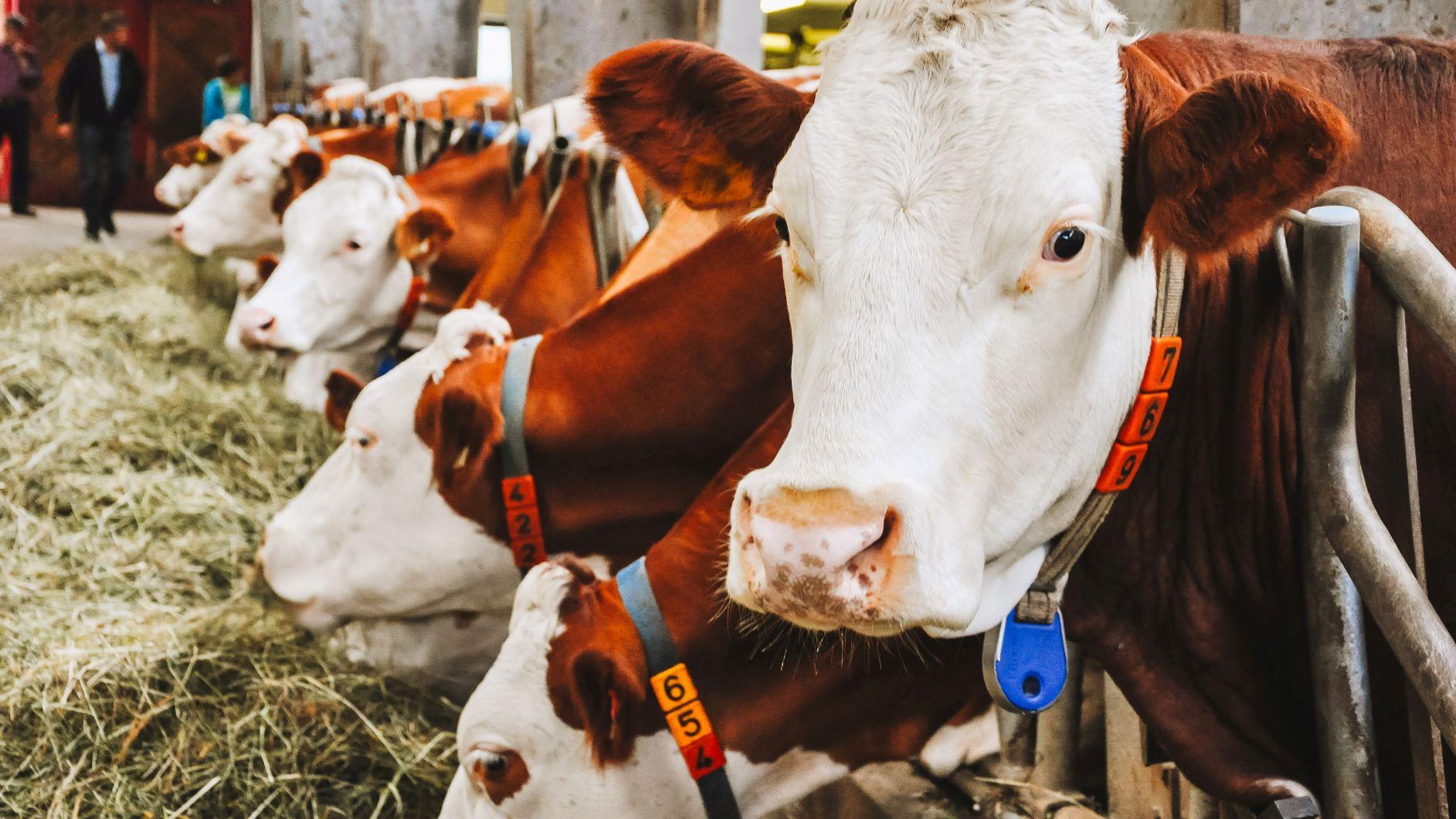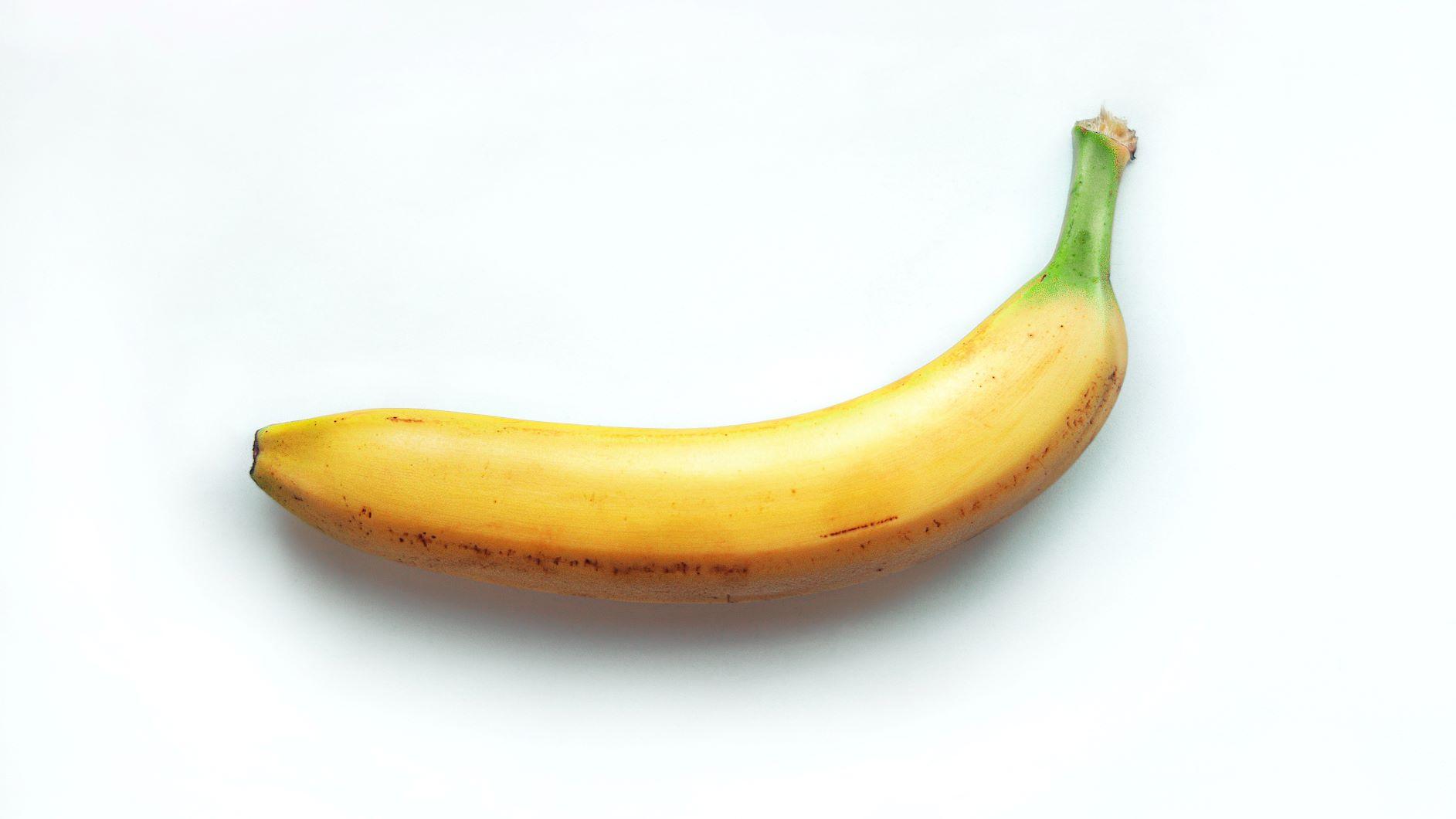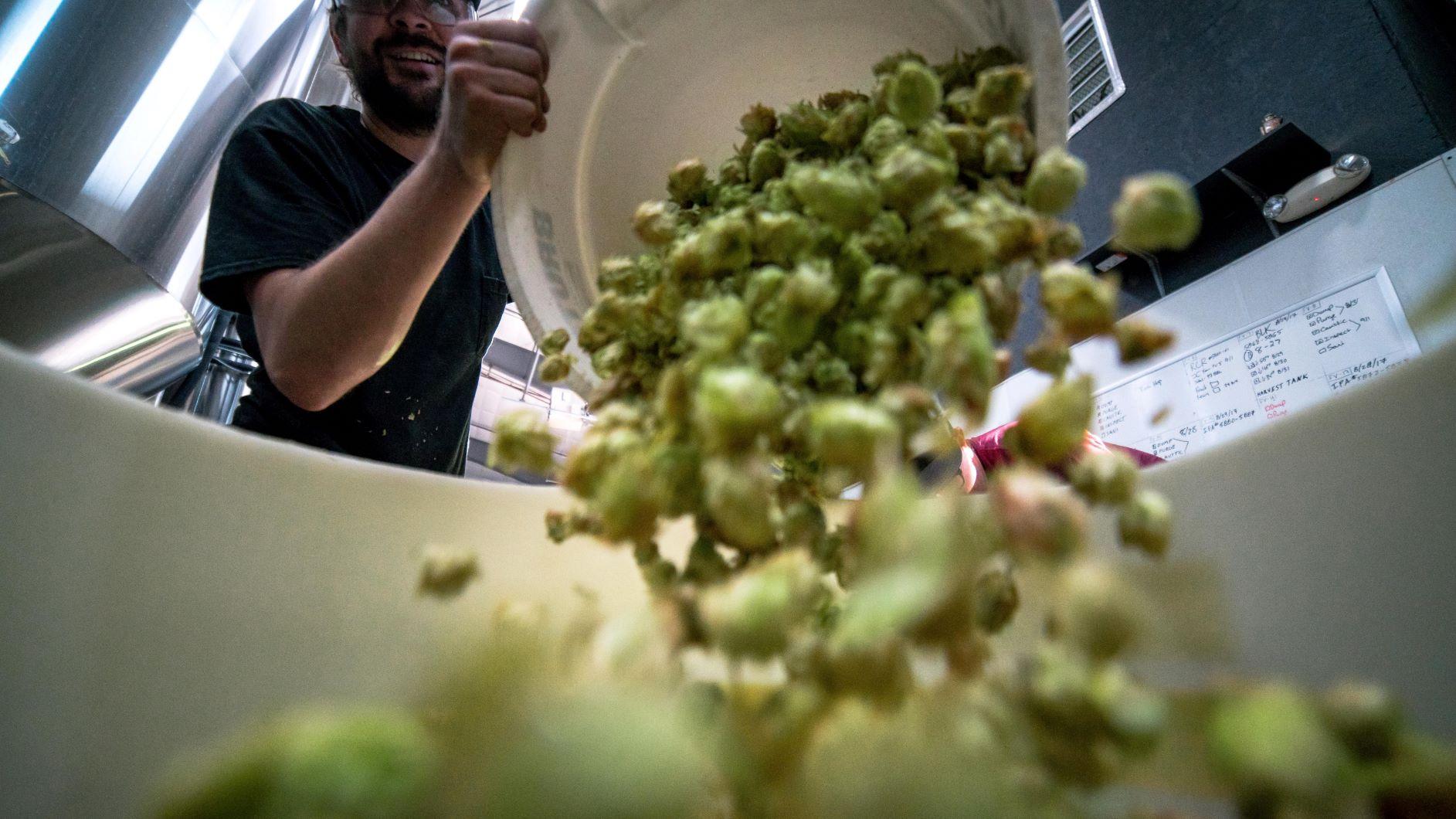Hello fellow Climate Cook-In host,
As promised, I’m sending everyone who’s signed up to host a Climate Cook-In some facts and stats on the climate impact of food.
Before we begin, there’s a couple of things to keep in mind:
- There are many factors that contribute to total carbon emissions of a set product (including production process, transportation, and disposal), and the complexity is often lost in bite-size recommendations.
- Spouting facts is not always the best way to inspire people to change their behaviours. See our website for tips on having impactful conversations about climate change.
Keeping those points in mind, we understand that people who advocate for change tend to feel more confident when they’ve got some facts and stats in their back pocket to fall back on. So here we go.
First off, let's look at where food emissions come from:

As we can see, around half of our global food-related carbon footprint comes from meat and dairy farming.1 Here in the UK, a large chunk of food-related emissions come from imported crops used to feed farm animals.2 This gives some explanation as to why reducing meat and dairy intake is a practical way individuals can shrink their carbon footprint.3
That being said, if you or your guests are set on keeping meat on the plate, you can think about where you are buying your meat, how much you really need, and what kind of meat you choose (chicken has a lower climate impact than beef or lamb). Alternatively, you could try out a plant-based meat substitute (and see if your guests can tell the difference).

Beyond meat and dairy farming, there are other key culprits to consider when reducing our food-based footprint.
Up to 10% of food-related emissions come from its transportation.4. By buying locally produced food, we shrink the journey and reduce travel-related emissions.
That being said, it's not as simple as local equals good, imported equals bad. Firstly, it can use a lot of energy to create conditions for certain fruits to grow in the UK, and secondly - certain methods of transport are greener than others. A few years ago a climate scientist from the University of Edinburgh found that bananas shipped from Dominican Republic have surprisingly low environmental impact.Yet, softer fruits like berries, are often flown instead of shipped, so they’ll have a much higher impact.5 So key things to consider are whether something is in season if grown in the UK, and how it is transported if grown elsewhere.

Last, but definitely not least, let’s talk about quantities.
Every day, in the UK we throw away huge quantities of food (including 20million slices of bread, 5.2million glasses of milk, 1.2million tomatoes and more)6 All food production has climate impacts, so reducing the amount of food we waste can help lessen these. But food waste has climate impacts beyond the needless production: in the UK, food waste going to landfill creates more than 20m tonnes of methane each year (460mT CO2 e).7 So if we're serious about reducing our environmental impact, we've got to stop putting so much food in the bin.
70% of the UK's food waste problem comes from households8 - meaning people like you and I hold the power to change things. See our website for tips to reduce food waste.

I hope you’re feeling a bit more clued up on the climate impacts of food. If you’re feeling like you don’t know what to cook for your guests, don’t worry. By the time the Climate Cook-In comes around, I’ll have sent you some recipes, discount codes, and links to join online cook-alongs, so you’ll be feeling much more ready to go.
Speak to you soon,
Hannah